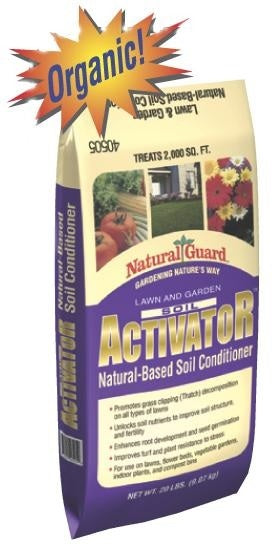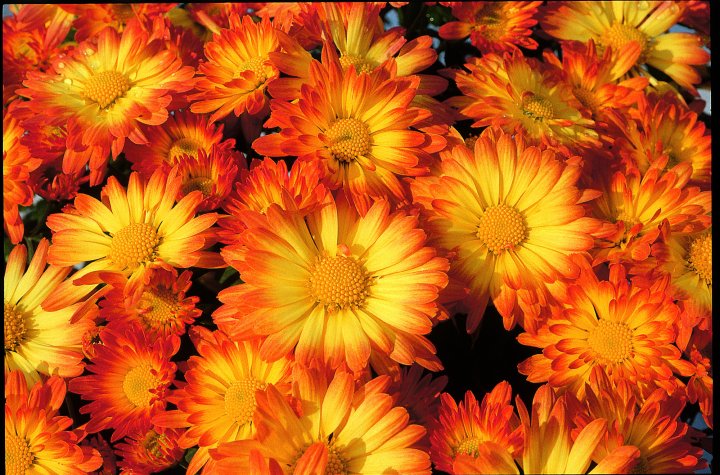 Traditionally, by the end of September we slip out of the monsoonal pattern and back to our normal, “spotty” rain cycles. However, this year’s overabundant rains have made the next four weeks critical for gardeners. This is the season plants are most ‘talkative’, and you should get to know their “language”.
Traditionally, by the end of September we slip out of the monsoonal pattern and back to our normal, “spotty” rain cycles. However, this year’s overabundant rains have made the next four weeks critical for gardeners. This is the season plants are most ‘talkative’, and you should get to know their “language”.
Although October through November is our normal period for plants to show their exuberant colors, some plants declare themselves earlier. In doing so, they are “speaking” to alert us that they are struggling. They are somewhat like the gardeners who care for them. When we humans feel ill, we put ourselves to bed until we feel better, then indulge ourselves with appropriate sustenance until our aches and pains subside. Sick plants will put themselves “to bed” earlier in fall, much earlier than their other, healthy, partners in the yard.
[youtube]https://www.youtube.com/watch?v=xsPlO1_QDeY[/youtube]
When a plant shows its fall colors weeks before any other plant in the neighborhood it is screaming for help from its gardener. Although grubs and pocket gophers can be the culprits that induce root loss and plant stress, root loss usually is caused from having been planted into very heavy, rocky soils that can’t breath properly during monsoon rains. Plants in the yard can literally lose root mass because of very wet conditions. Plants that show abnormally early autumn colors most likely are the victims of these stresses. Seasoned gardeners know that the cure is administered in two easy steps.
 Step number one is “Soil Activator”, which encourages a plant to generate deeper roots as it repairs damage. This is the equivalent to chicken soup for you and me. This ‘chocolate for the soil’ fertilizer will regenerate dead soil around sick plants so they will want to send out new root hairs, those precursors to healthy roots. Even plants that are not sick will enjoy this soil nutrient by showing off deeper, more vibrant autumn colors towards the end of the year.
Step number one is “Soil Activator”, which encourages a plant to generate deeper roots as it repairs damage. This is the equivalent to chicken soup for you and me. This ‘chocolate for the soil’ fertilizer will regenerate dead soil around sick plants so they will want to send out new root hairs, those precursors to healthy roots. Even plants that are not sick will enjoy this soil nutrient by showing off deeper, more vibrant autumn colors towards the end of the year.
Step two is just as simple: in one month follow up the soil activator with a natural plant food. Please stay away from synthetic foods for sick plants. They are much too strong for struggling plants and are dangerous to birds and pets. I developed a fertilizer called “All Purpose Plant Food” 7-4-4 that really helps both newly-planted and sickly plants. Put plants to bed for the winter with this all natural food and you will have set the stage for some energetic spring growth next year.
Grubs and pocket gophers are more difficult to handle than soil that is too wet. Gophers are easy to spot by their exit tunnels of mounded dirt. These underground rats live to eat the roots off of our plants! For a personalized gopher solution contact me or revisit my February 22 column: “Keep Gophers from Devastating Landscapes”
Grubs are white ‘C’-shaped insects that can attack and kill plants, trees, and shrubs by the dozens. Because they eat new root hairs as they grow from a plant, grubs literally starve their victims to death. Fortunately, the solution to eradication is very easy. Kill grubs by applying “Grub Killer” during the next monsoon rain. As the grub killer moves through the soil it eliminates grub activity and keeps this misery-inducing creature away for a year. In one month follow up with the “All Purpose Plant Food” to set the stage for healthy, vibrant spring growth.
If you are not sure why a plant is stressed enough to be showing its autumn colors early, apply both Soil Activator and “All Purpose Plant Food”. These two products will insure that better plant health will develop for the next spring season.
~ * ~
 Plant of the Week – Dazzling Stacy mums are the best selling variety of mum. They deliver an exceptionally long bloom time and enjoy local garden hardiness. This garden mum glows yellow with a halo of fiery orange around each daisy-like flower. This big bold perennial is perfectly shaped and adds color in autumn when few flowers are in peak bloom. Mums prefer an autumn planting into their gardens. They also love showing off in containers, and are a spectacular sight when sharing space with Purple Prescott Pansies.
Plant of the Week – Dazzling Stacy mums are the best selling variety of mum. They deliver an exceptionally long bloom time and enjoy local garden hardiness. This garden mum glows yellow with a halo of fiery orange around each daisy-like flower. This big bold perennial is perfectly shaped and adds color in autumn when few flowers are in peak bloom. Mums prefer an autumn planting into their gardens. They also love showing off in containers, and are a spectacular sight when sharing space with Purple Prescott Pansies.
Until next week, I’ll see you at Watters Garden Center.
Ken Lain can be found throughout the week at Watters Garden Center, 1815 W. Iron Springs Rd in Prescott, or contacted through his website, Watters Garden Center, or Watters FaceBook page.

